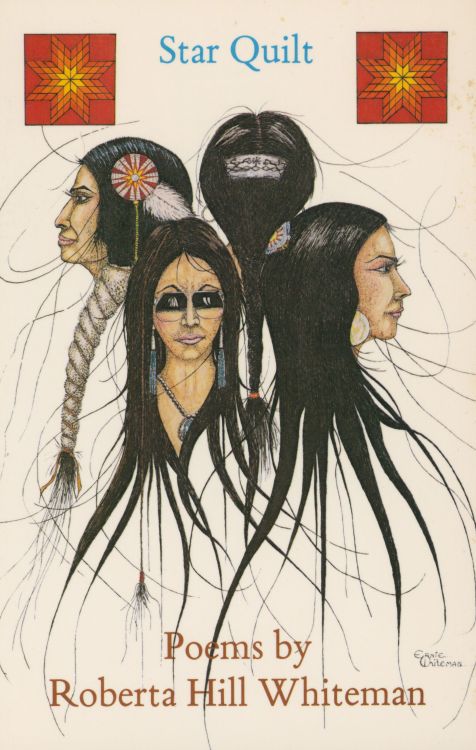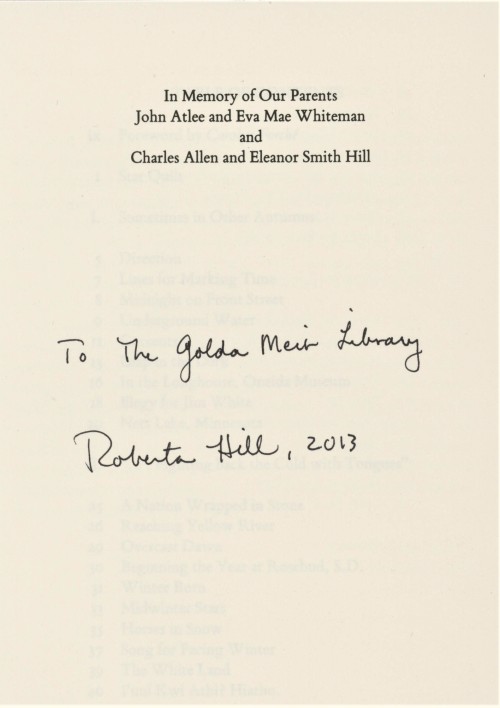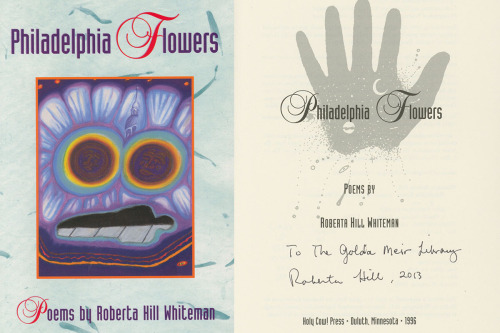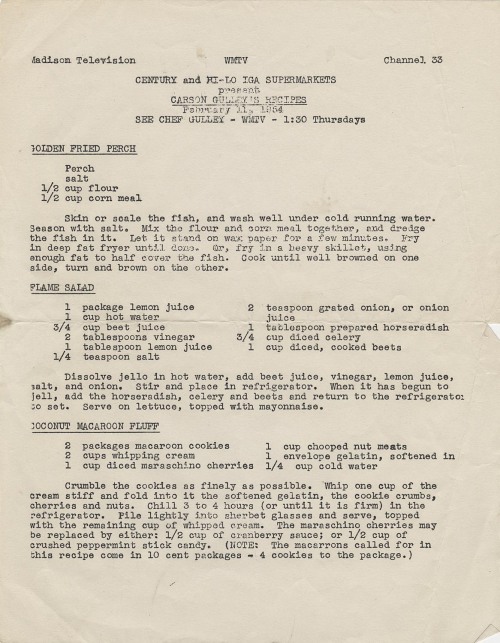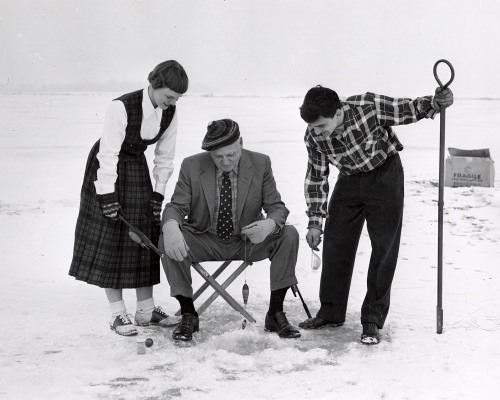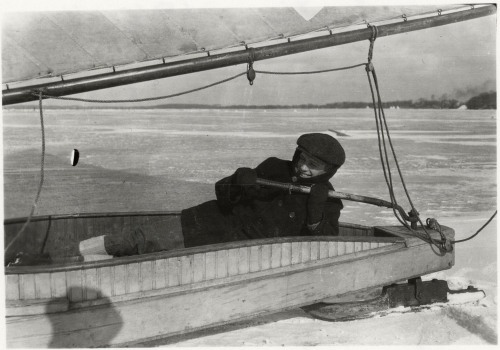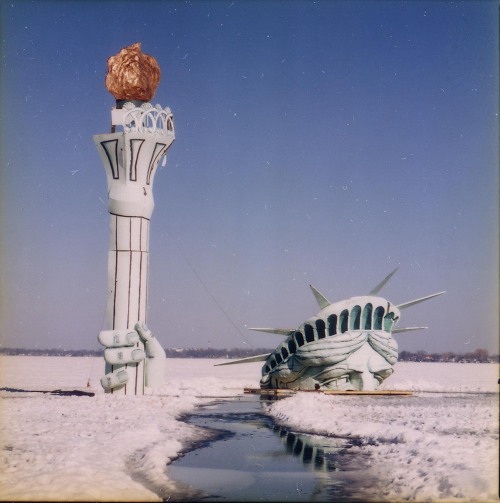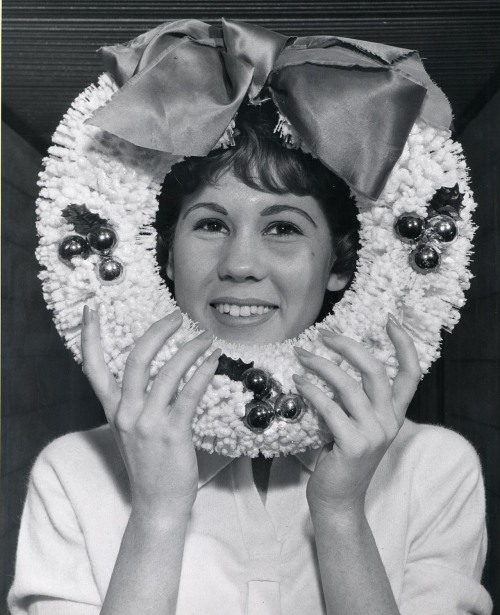#uw madison
Native American/First Nations Woman Writer of the Week
ROBERTA HILL
This week, we introduce you all to Roberta Jean Hill, formerly Roberta Hill Whiteman, a poet and educator native to Wisconsin! Born in 1947 near Green Bay, Roberta Hill grew up among the Oneida Indigenous peoples of Wisconsin, a rich heritage that enlightens her work as a poet and has driven her scholastic career. In her third poetry collection, Cicadas: New & Selected Poems, published by the Holy Cow! Press in 2013, Hill writes:
To the people, beings and places I love, named or unnamed, met and imagined. May they continue to inspire us to live and keep loving earth and her beings for all eternity.
UW-Milwaukee Special Collections preserves four signed presentation copies of Hill’s poetry books, all published by Jim Pearlman, founder and editor of Holy Cow! Press in Duluth, Minnesota, which is dedicated to publishing writers who live in the American Midwest and focuses on publishing Native American authors and thematic anthologies.
UWM Special Collections holds two copies of Hill’s first collection of poetry,Star Quilt, originally published in 1984 with foreword by poet, editor, professor, translator, and human rights advocate,Carolyn Forché. One is a first printing from 1984, signed in 2013 to our library, while the other is a second printing, illustrated and republished by the Holy Cow! Press in 1985, which is signed to Milwaukee poet and educator DeWitt Clinton.
The illustrations for both printings of Star Quilt were done by Hill’s husband, artist, director of First Nations Film and Video Festival, Inc, and member of theNorthernArapaho tribe,Ernest Whiteman. The cover art for the book is a portrait of a woman facing four ways, hinting at Roberta’s use of the four cardinal directions throughout the book that portray the separation and displacement that the Oneida peoples have experienced in a long history of forced migration by the U.S. government. Throughout the collection, Hill internalizes this feeling of loss and separation, utilizing an extended metaphor of dust in the winds returning to the Earth, from where the peoples are said to have come. The poem above, “I’uni Kwi Athi? Hiatho,” uses Hill’s father’s name, the meaning of which Hill says he never revealed.
In the glossary for Star Quilt, Hill tells the history of quilt making by Plains Indian women, which are designed with a central star for their children and grandchildren, stating, “it is a valuable possession, connecting the generations to one another and the earth.” Hill dedicates this collection to those who inspired her writing, “In Memory of Our Parents John Atlee and Eva Mae Whiteman and Charles Allen and Eleanor Smith Hill”.
Roberta Hill’s second collection, Philadelphia Flowers: Poems, published in 1996, carries many individual poems to and for family and friends, dedicating the collection to her three children, Jacob, Heather, and Melissa. The cover painting and illustrations for Philadelphia Flowers are again by Ernest Whiteman. Hill’s final and most recent collection, published in 2013, Cicadas: New & Selected Poems, reprints poems selected from Star QuiltandPhiladelphia Flowers and acts as a follow-up to her recent life experiences; including a longer individual poem dedicated to Hill’s late brother-in-law, “Ernie” Whiteman.
Also held by our department is a fine press printing of an excerpt of Roberta Hill’s poem, Your Fierce Resistance, published in 1993 by the Minnesota Center For Book Arts in conjunction with The Loft’sInroads: Writers of Color series. Be on the lookout for more on this beautiful production coming later!
After graduating with a BA from the University of Wisconsin-Green Bay, Hill earned an MA in fine arts from the University of Montana, and completed her PhD in American Indian Studies at the University of Minnesota. Hill’s doctoral thesis honors the work of her paternal grandmother,Dr. Lillie Rosa Minoka-Hill, through a biographical study of her life as the second American Indian woman to earn an M.D.in the U.S. Roberta Hill has held several academic positions and is Professor Emerita of English and American Indian Studies at the University of Wisconsin-Madison.
See other writers we have featured in Native American/First Nations Woman Writer of the Week.
–Isabelle, Special Collections Undergraduate Writing Intern
We acknowledge that in Milwaukee we live and work on traditional Potawatomi, Ho-Chunk, and Menominee homelands along the southwest shores of Michigami, part of North America’s largest system of freshwater lakes, where the Milwaukee, Menominee, and Kinnickinnic rivers meet and the people of Wisconsin’s sovereign Anishinaabe, Ho-Chunk, Menominee, Oneida, and Mohican nations remain present.
Author Portrait from the Library of Congress
Post link
Carson Gulley: Madison, Wisconsin’s first celebrity chef
Born in rural Arkansas in 1897, Carson Gulley worked for 27 years as the head chef for the Housing Division at the University of Wisconsin-Madison. He published two cookbooks, hosted cooking programs on local radio and TV, and fought against Madison’s segregated housing laws.
Read more about Gulley in this excerpt from Madison Food: A History of Capital Cuisine by Nichole Fromm and JonMichael Rasmus.
Images via: Wisconsin Historical Society (1); UW-Madison Archives/ University of Wisconsin Digital Collections (2,3)
Post link
University President E.B Fred goes ice fishing with Ruth Pommerening and Aristotle Alexander, Madison, Wisconsin, 1945-1958.
via:The UW-Madison Collection, University of Wisconsin Archives and UW Digital Collections
Post link
Women pose on a skating rink in front of the University of Wisconsin Armory and Gymnasium, also called “the Red Gym,” Madison, Wisconsin.
via: University of Wisconsin Madison Archives, University of Wisconsin Digital Collections
Post link
Iceboating, a man identified as “Grede” lays in an iceboat on Lake Mendota, Madison, Wisconsin, February 26, 1916.
Photo by Fred R. Jones
via:The UW-Madison Collection, University of Wisconsin Archives and UW Digital Collections
Post link
Students walk along a snowy Bascom Hill. The old, domed Bascom Hall and the old Law School are visible, along with wooden sidewalks along Park Street, University of Wisconsin-Madison, ca. 1900.
via:UW-Madison Collection, University of Wisconsin-Madison Archives and University of Wisconsin Digital Collections
Post link
Statue of Liberty on Lake Mendota, Madison, Dane County, Wisconsin.
The Statue of Liberty was built on Lake Mendota in February 1979 by the Pail and Shovel Party, which had gained control of the Wisconsin Student Association in the spring of 1978. The original statue was torched by an unknown arsonist ten days after it had been constructed. A new, improved statue was erected in February of 1980. That statue was rescued from a barn near Richland Center in the mid 1990s, and Hoofers helped restore it and used it in their Winter Carnival in 1996. The statue currently belongs to Dane County.
via:UW-Madison Collection, University of Wisconsin-Madison Archives and University of Wisconsin Digital Collections
Post link
A woman with her face framed in a Christmas wreath, University of Wisconsin - Madison, Wisconsin, 1959.
via:UW-Madison Collection, University of Wisconsin-Madison Archives by way of University of Wisconsin Digital Collections
Post link

